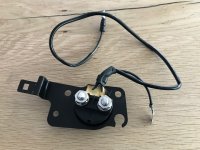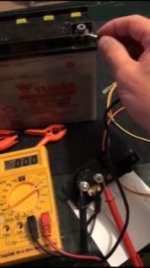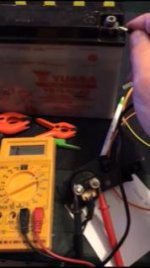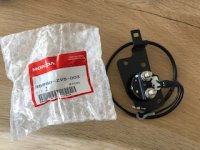It could be a wiring issue, but the first thing I would look at is the position of the shifter.
I have received calls like this, with the customer still in the middle of the lake in the boat.
The first thing I do is ask them to make sure the motor is in neutral. On occasions, they have just left the shifter in gear....and the starter will not crank when the motor is in gear.
This is probably not the case for you...but could be related.
If the shift cable is slightly out of adjustment at the motor, it is possible when you pull the shifter back into neutral, the engine gearcase may go into neutral but the cam for the neutral safety switch (on the engine) is not centered on the neutral safety switch (that is located in the lower casing in front of the powerhead). See #15
http://www.boats.net/parts/search/H...F40AY LRTA/ENGINE COVER LOWER CASE/parts.html
If it does not center correctly and operate the switch, the engine will not crank....the engine thinks it is still in gear.
If you have not got the motor going yet....turn the key switch to start and hold it there. Then take the shifter and slowly move it back and forth around neutral position to forward and then to reverse. If things are a little out of adjustment, the engine will start cranking, probably when the shifter is slightly going into one of the gears. Sometimes just jiggling the shifter handle back and forth a little, gets it going.
If that is the case, then you just have to readjust the connector at the end of the shift cable while everything is in neutral so the neutral safety switch is fully depressed when in neutral.
Of course, it is possible that your neutral safety switch broke or failed. If you suspect that, most of the 40a models have two wires that come from the safety switch to a two pin connector. If you unplug that connector and put a jumper between the two contacts on the connector going to the motor wiring harness, the engine will crank....if the neutral safety switch is faulty.
There is also other possibilities of wiring issues.....14 pin round connector (pins pushed in, broken or corroded) or anywhere in the main wiring harness to the helm....including a bad key switch.
I would start with the simple things first.
Good luck.
Mike





